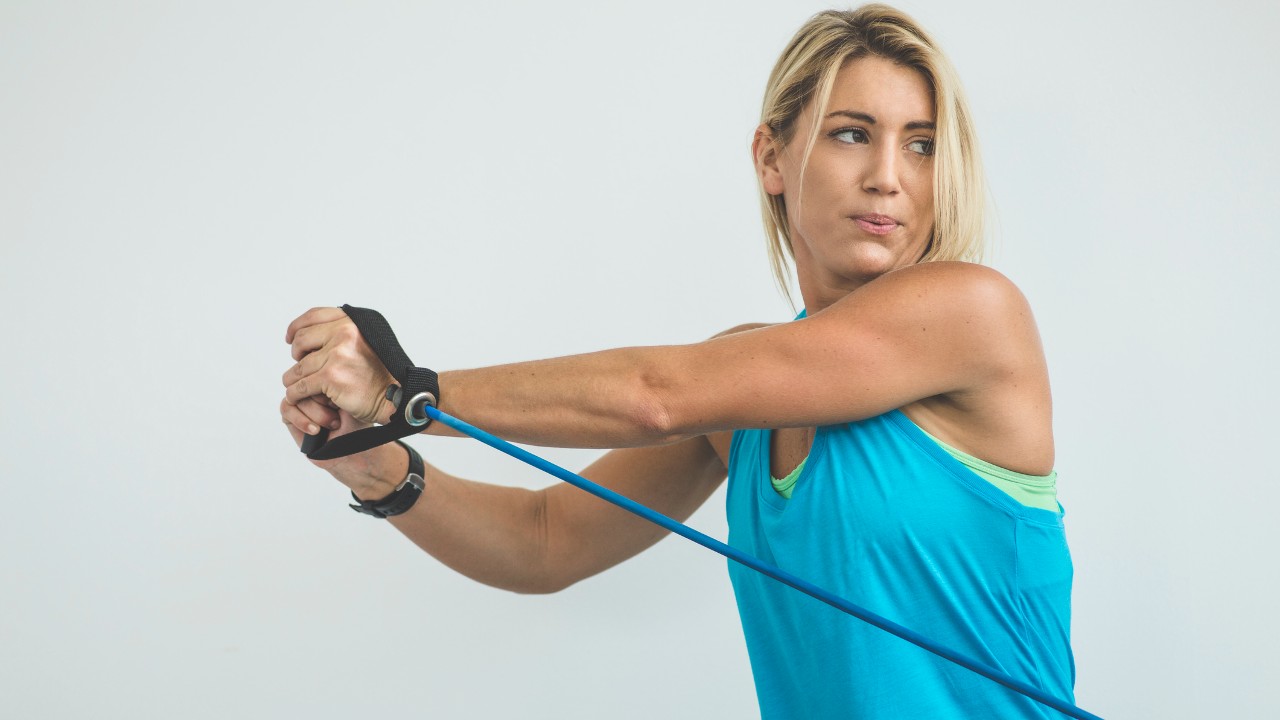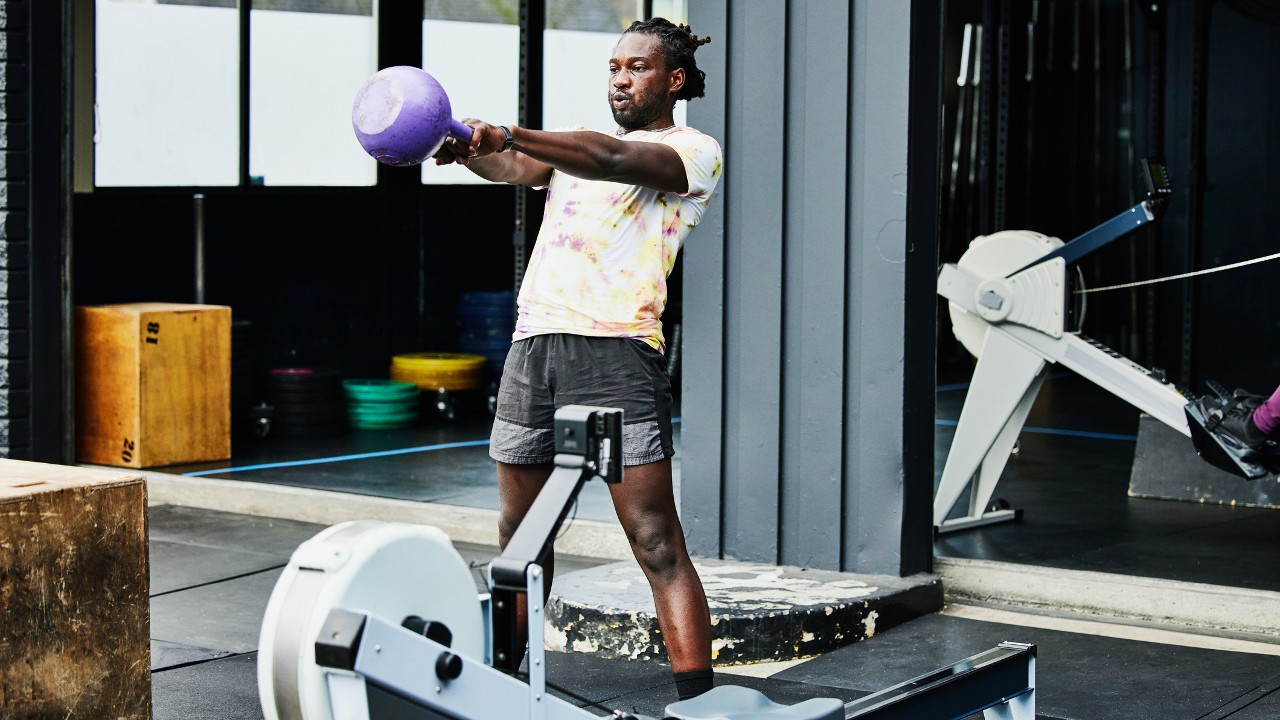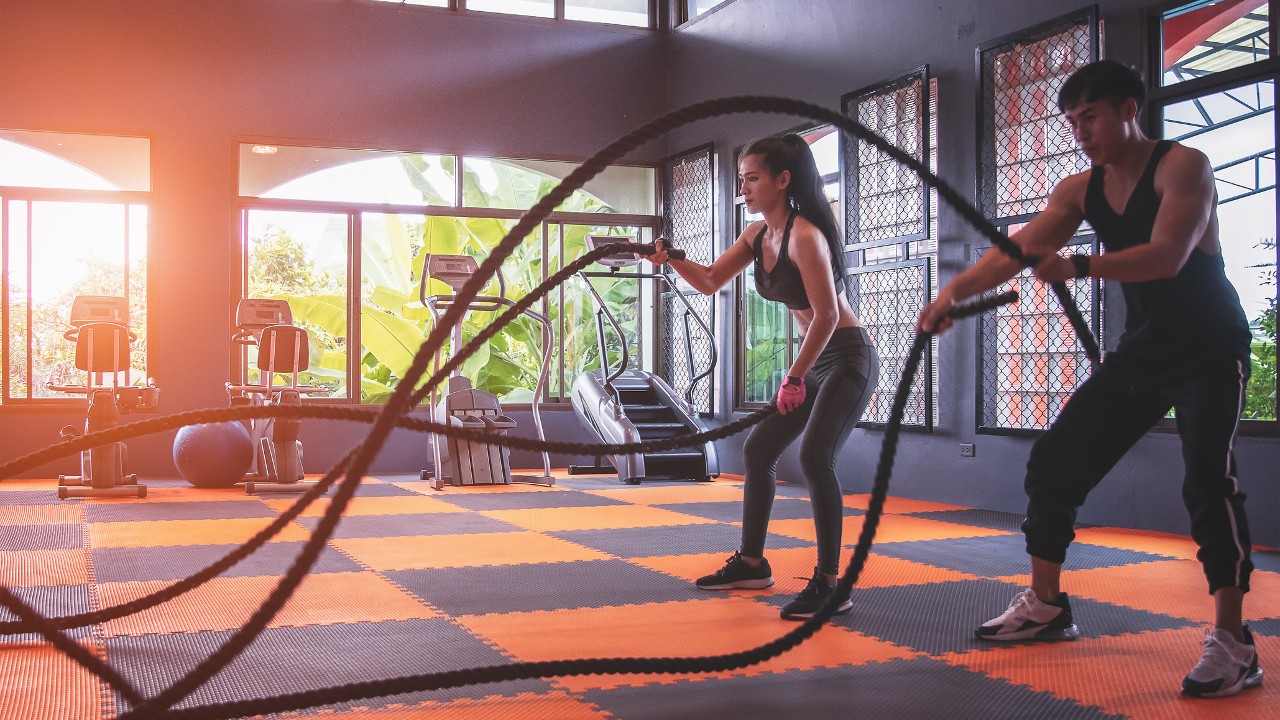
The best abs workouts involve more than just sit-ups, and to help you vary your training this standing abs workout shows off an array of exercises to target all the muscles in your midsection.
This means you’ll be working your lower abs, upper abs and obliques, as well as the deep-lying core muscles that are so important to functional strength and injury prevention.
“While it is always tempting to chase a six-pack, our deep stabilising core muscles drive movement and keep us safe by reducing the chance of injury,” explains personal trainer Luke Hamilton, owner of Hamilton Fitness. “Ideally, we should learn to activate and strengthen all areas of the core to build a solid foundation, free from injury.”
Standing up to perform your abs workout makes it easier to work through different planes of motion as well, which is the best way to ensure you’re targeting the whole core, rather than just the showy muscles on the front that you hit with sit-ups. This abs workout consists of five moves that will have you working in the frontal (side to side movement), transverse (rotation), and sagittal (forward and backwards) planes.
It takes only 15 minutes but requires some equipment in the form of resistance bands, a kettlebell and battle ropes, so it’s probably one for the gym unless your home is unusually well equipped. If you have a pair of dumbbells, try this abs workout with weights instead, which also keeps you on your feet.
How To Do The Workout
This is an EMOM workout, which stands for “every minute on the minute”. Do the stated reps of each exercise, then rest for the remainder of the minute. Start your next exercise on the minute until you have completed each exercise and repeat for a minimum of three rounds.
Hamilton recommends using the first round to figure out and adjust your reps, increasing or decreasing them as necessary. A – aim to finish the reps within 45 seconds, leaving 15 seconds of rest. Do all the reps on one side, and then move on to the next.
Sign up for workout ideas, training advice, reviews of the latest gear and more.
You will need a resistance band and battle ropes for this workout but other exercises can be performed with any weights you have available. If you’re a beginner, use lighter weights until you have perfected your form.
1. Resistance band woodchop
Reps 8-10 each side
Secure a long loop resistance band to something heavy, approximately half a meter to your left. Stand with your feet shoulder-width apart and hold the band to the outside of your left hip. Engage your core and rotate your torso to the right, then drive the band above your right shoulder. Rotate back to your starting position for one rep. Your arms should be extended throughout the movement. Maintain a soft bend through your knees and begin with a lighter band until you’ve nailed the technique.
2. Side bend
Reps 8-10 each side
Stand with your feet shoulder-width apart, and hold your chosen weight by your side. Bend to one side at the waist, keeping the weight close to the outside of your leg and letting it reach knee level. Then, in a controlled manner, drive the weight back to the starting position to complete one rep. Try to avoid leaning forwards or backwards, and keep your head neutral to ensure the pressure doesn’t shift to your lower back.
3. Standing Russian twist
Reps 8-10 each side
Stand with your feet shoulder-width apart, and hold your chosen weight close to your chest. In a controlled manner, rotate your torso to the left and keep your hips facing forwards. Rotate back to the center to complete one rep and repeat on the right side. To avoid excess pressure on your lower spine, allow your hips to rotate as well.
To progress this exercise, extend your arms in front of you to increase loading on the shoulders and arms, and increase core activation.
4. Kettlebell swing

Reps 8-10 each side, or 20 if using both hands
Stand with your feet shoulder-width apart, holding your chosen weight between your legs. Engage your core, keep a slight bend in your knees, and maintain a flat back as you hinge forwards at your hips and let the weight swing between your legs. Drive your hips forward in a thrusting motion to send the weight up to shoulder height, then control the descent back down. This is one rep.
Aim for 20 reps or swing a lighter weight with one hand for eight to 10 reps. For an extra challenge, use both hands and swing the weight above shoulder height – this requires more effort by your core to control the movement.
5. Battle ropes wave

Stand with your feet slightly wider than shoulder-width apart, and bend your knees to lower into a half-squat. Take hold of the handles with your palms facing, and stand close enough to the ropes so that you don’t have to reach forwards. Engage your core and pull your shoulders back and down. Keep your back straight. Flick your wrists as fast as possible to raise and lower the ropes, sending waves down the ropes.
The art of this exercise is the subtle flicking of the wrists. Try not to use your entire arm to pull the rope up and down.

Sam is a personal trainer, reiki practitioner, and fitness writer at Future, the publisher of Coach. Having been trained to work with both the mind and body, Sam is an advocate of using mindfulness techniques in sport and aims to bring mental wellbeing to the forefront of fitness. She’s also passionate about the fundamentals of training and how we can build more sustainable training methods. She writes about the importance of habit-building, nutrition, sleep, recovery and workouts.
